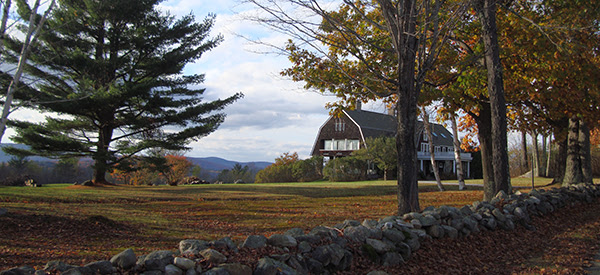Love Letter to a Mad Yogi

Some reflections by Andrea Redican, Wonderwell’s Onsite Retreats Coordinator and grateful student of Lama Liz
If a friend were to recommend a book that blended biography and magic realism; that was at once a rich exploration of Dharma and a collection of entertaining stories; a work that transports, through poetic language and culturally specific imagery, back to a time, place and culture far different than our own, yet feels fresh and modern in its pace and ideas, you’d be forgiven your skepticism… but you‘ve met Lama Liz.
Tales of a Mad Yogi: The Life and Wild Wisdom of Drukpa Kunley, by Elizabeth L. Monson, does all that with poise and the ease of good storytelling.
Tales of a Mad Yogi is to be savored on different levels. It’s the sort of book you burn through in a week for its compelling story and charming protagonist, then keep around and drop back in on to relive a wild and beautiful passage or reflect further on a wise teaching.
For the practitioner, Mad Yogi is laced with crazy wisdom. Each episode on Drukpa Kunley’s path yields richly paradoxical teachings in the form of songs. He addresses key themes—attachment to sensual pleasure, the importance of a genuine guru and the dangers of devotion, how to work with the mind—always with an eye toward rooting out hypocrisy. Whether delivered at a tavern to a saffron-robed Geshe over beer, in a cave to a gap-toothed nun after emerging from the muck of the bardo of becoming, or on the road to a great thangka painter after pissing on his masterpiece, each song is an enticing thread to follow toward reflection and further study.
For the lover of good literature, it’s a fantastic treatment of the picaresque hero’s journey, tracing the meandering path of this profound and profane patron saint of Bhutan, as he engages life through the Dharma. Guided by a mysterious golden protectress, Kunley and his canine companion, Sky, navigate a landscape drenched in demons and dakinis. At Wodo Pass, with inspiration from Yeshe Tsogyal, he dispels the demon of selfishness embodied in the darkness of a cave with a mantra of compassion and one slash of his vajra. In central Mon he channels the life force of a goat he just ate and, out of a rainbow vortex of sky and trees, fashions a new beast from the discarded carcass.
As an added bonus, students of Lama Liz will recognize her in the narration. Her descriptive turns of phrase and talent for apt metaphor, her anecdotes, familiar to us from her teachings, now repurposed to tell Kunley’s story. It is Liz’s own guide in Bhutan, the ancient but spry Dechen who, “like a young woman, filled with the dark, vital energy of the earth,” (p.103) leads him to the cave of Guru Rinpoche at Aja Ney. And in a personal favorite, trees are replaced by cranes when two wise men share a laugh at the limits of language to capture the wonder of it all.
I can’t recommend this book highly enough—read it for the story, study it for the Dharma and by all means, share it with the people on your list this season!



